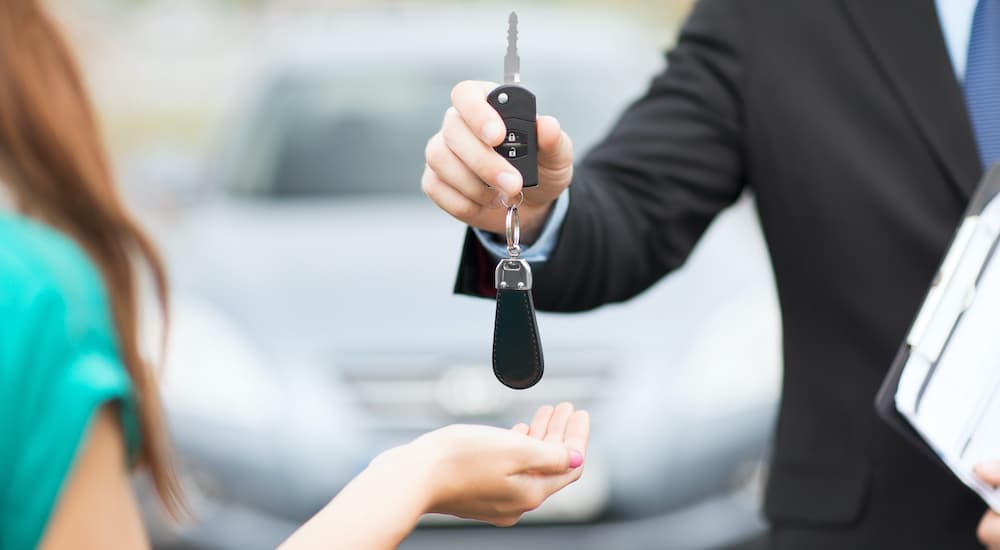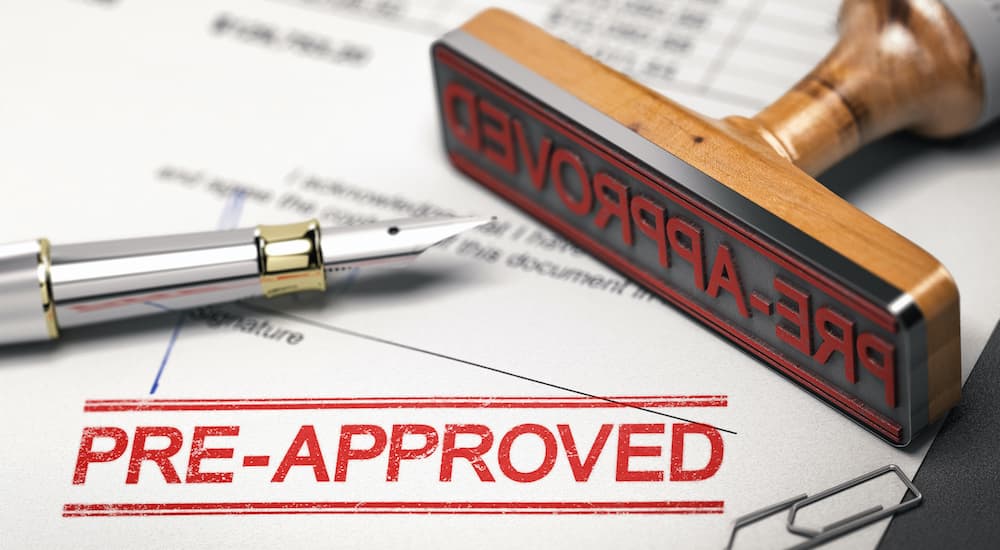If you have never purchased a car from a dealership and you suddenly find yourself in a financial position to buy your first used car, it can be daunting to think about how to handle such a large purchase. Used car dealers can be intimidating, particularly if you haven’t ever seen anyone else buy a car. How do you negotiate the process of buying a car? While it is a big decision to buy any car, used or new, it doesn’t have to be overwhelming. In fact, it can be fun. After all, buying your first car should be a celebration. Here are steps to how buying a car works.
#1. Decide on a Vehicle
First, you need to figure out what kind of car you want to buy, which will depend on your lifestyle and where you plan to drive. Are you buying it for a commute to a new job? Will you be parking on city streets? Do you need it to make deliveries, or are you starting a new business? Determining the type of car you need is your first order of business in the process.
While buying this vehicle should be exciting, don’t let your emotions get the best of you when you start to search online. You want to remember that this is a big purchase, and it’s not an investment to own a vehicle unless it makes you money, like driving it for a taxi service or deliveries. Be choosy about the type of car you think you want, and consider things like fuel costs, insurance fees, and whether or not your credit score will get you a good rate on financing. The older your car, the less you have to pay in fees, but older cars can also cost more to maintain as they age.

#2. Test Drive without Commitments
Once you choose a vehicle that you think you like, search local dealership websites to find a vehicle in the style you want or need. If you locate the type of car you hope to buy, it’s important to test-drive that vehicle to find out if you actually like it or not. Even if you have experience driving a particular type of vehicle, you always want to test-drive before buying, especially if you’re buying used. Every vehicle will be different from year to year, and a previous owner may not have taken great care of it while they owned it.
Call or contact the dealership online to schedule a test-drive, and tell them you’re just curious to see how it feels. Don’t make any commitments, don’t share your financial info, and don’t tell them you plan to buy. Just be courteous and gracious and take that car out on both the highway and for a spin on city streets to see how she drives. Better yet, take out a few cars to see which one you like best. While you’re test-driving, consider taking the car to a mechanic you trust so they can check it over for you. This ensures the model is in good condition, and you won’t have any surprises after you purchase it.
#3. Secure a Loan Pre-Approval
Go to your credit union or bank to secure your loan unless you have the cash to pay in full. Most Americans have to secure financing for their vehicle purchases, and it’s usually best to shop around before talking with the dealership. Getting a pre-approval doesn’t mean that you have to borrow the money – it just makes it available to you if you want it. The dealership might be able to give you an even better offer, but getting pre-approval gives you options and bargaining material. When at the dealership, ask specific questions about the interest rates, monthly fees, and be certain they aren’t adding on any extras like gap insurance or unnecessary warranties without your knowing.
#4. Stick to Your Budget
Take the time to do some calculations before you arrive at the dealership to make sure you know how much of a monthly cost your budget can handle. Be sure you have the monthly income to pay and be honest with yourself about what you know you can afford. If you only make $3,000 per month and your monthly bills usually cost $2,000, it’s not wise to use all your remaining income on a car loan. Keep your purchase price low enough to be comfortably affordable so you can manage the expense of insurance, gas, maintenance, and repairs.
Of course, you also need to budget for a down-payment upfront, which is typically a percentage of the overall cost of the car. Owning a car costs a lot of money, so budget yourself and then stick to the purchase price you know you can afford. Do not let the dealership talk you into a more expensive car. Remember your price when you go in, and stick to it. During this negotiation, it’s also important to ask the dealership what kind of warranties you can expect for your car and what their return policy is in case anything is wrong with it when you get it home.
#5. Finalize the Deal
Before you sign anything for a used car, ask to see the CARFAX report to ensure you know what happened to the vehicle you are about to buy. Reputable dealerships will have CARFAX reports available for free on their website or print them out if you ask. Knowing if it’s been through accidents or been maintained properly is good to know. If it’s been part of a rental fleet, you’re better off finding something else. The best options are vehicles that have been leased or have been kept by a single owner when possible. If a seller refuses to show you the CARFAX report for a used vehicle, walk away.
When you do sit down to negotiate the price of your vehicle, there is always room for haggling. The sticker price is never what you should expect to pay. Talk the seller down and be prepared to walk away if they refuse. Take the time to look up fair market value for a vehicle in your area by using websites like Kelley Blue Book or Edmunds, and use that as leverage to make the deal. However, most dealers know their vehicles’ value, so do not expect to get something for far under market value.
Once you agree on a fair price, you will need to sign miles and miles of paperwork. You will need your license, proof of insurance in some states, and the lender’s pre-approval if you are using a loan from a third party. It’s always a good idea to look up the required documents through your state’s DMV ahead of time. If you go prepared with the right documents, you can drive away from the dealership that day. Remember not to accept any extra warranties, insurance, or other unnecessary fees without understanding their details in full. Use a pen to mark N/A for anything that should not apply to your sale.
Enjoy Your New Car
Congratulations will be in order once you complete the paperwork. At that point, you are the owner of your new vehicle. Most reputable dealerships will take care of all the paperwork that needs to be sent to the DMV, but that is something you should ask during the purchasing process. You may also need to secure insurance yourself prior to purchase, but that is typically simple enough to do over the phone with a local insurance agency. Every state has slightly different rules about insurance, so check before you shop. Mostly, the research and test-driving should be fun, so enjoy the delight of having the freedom to own your own transportation. It’s a wonderful thing to drive wherever you like and to do it in a car you own.




